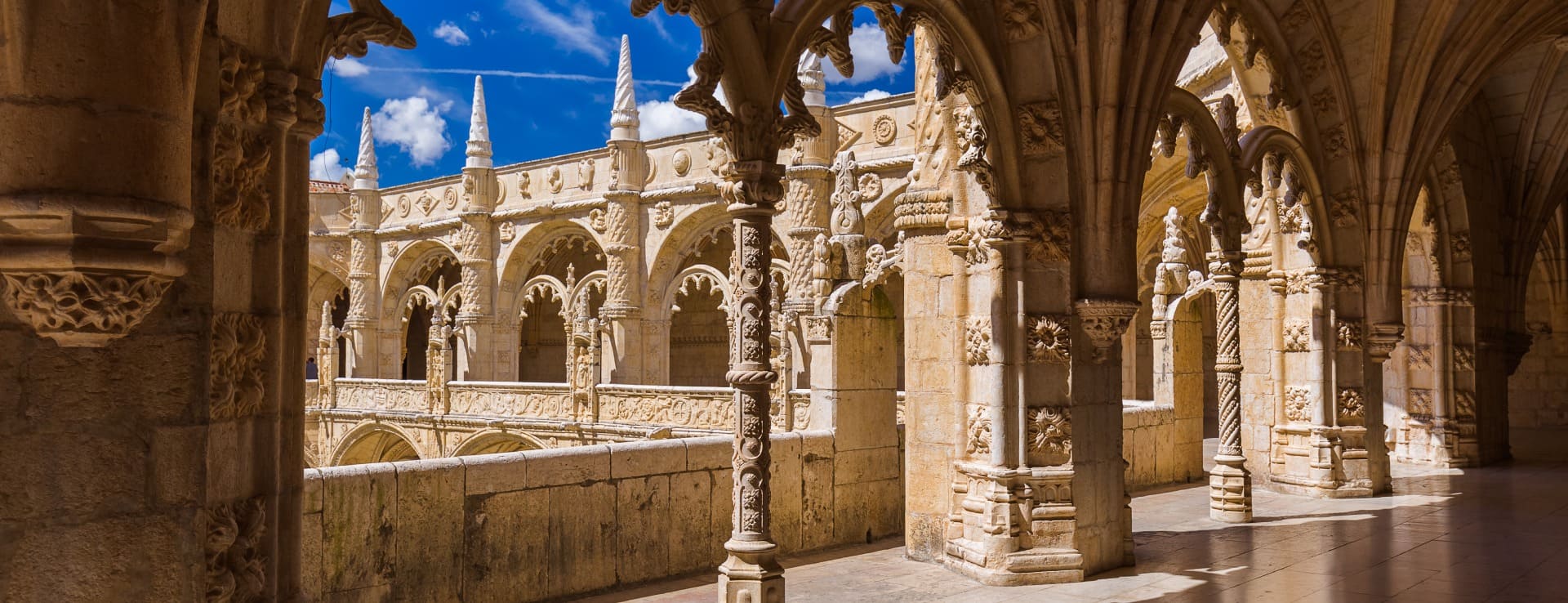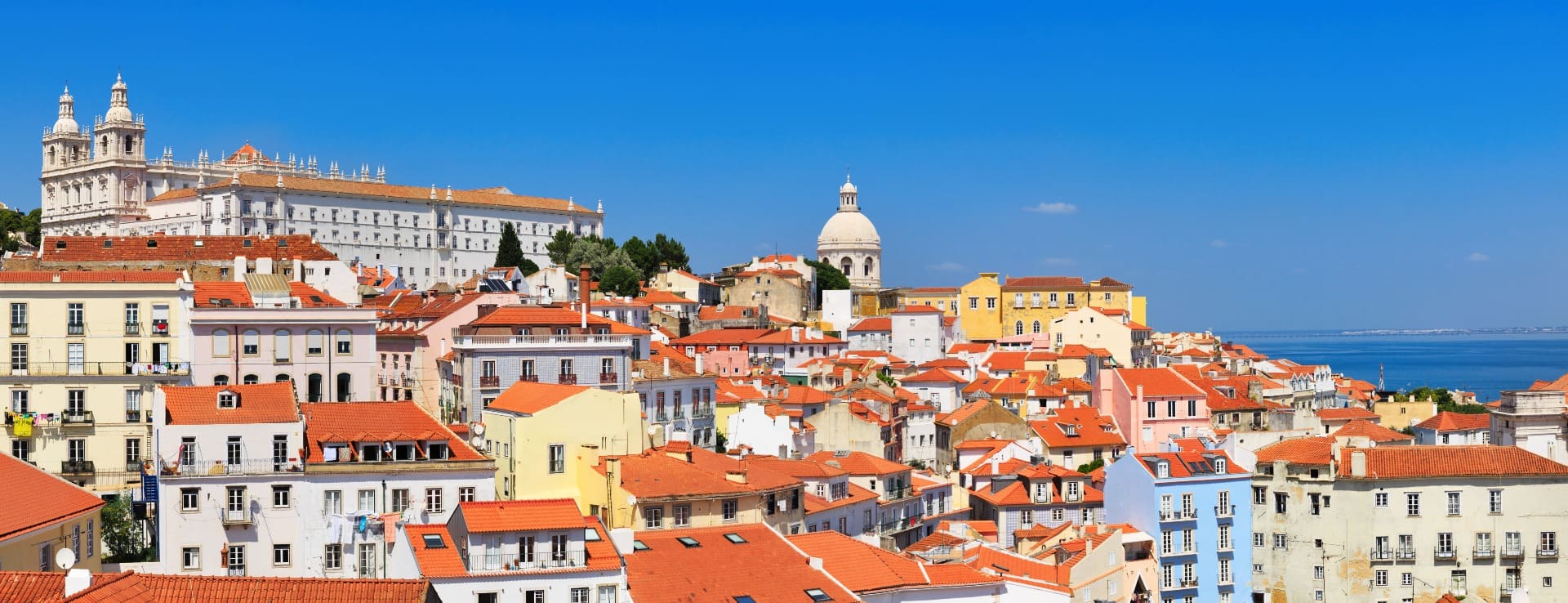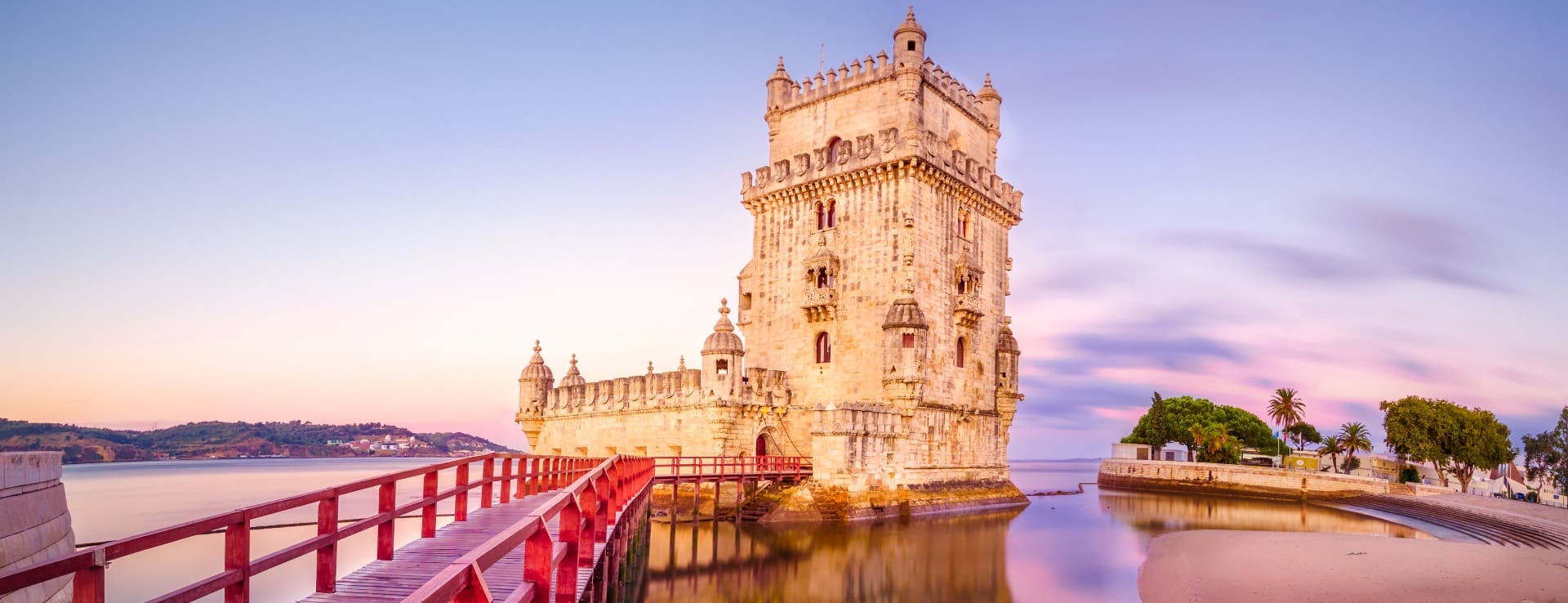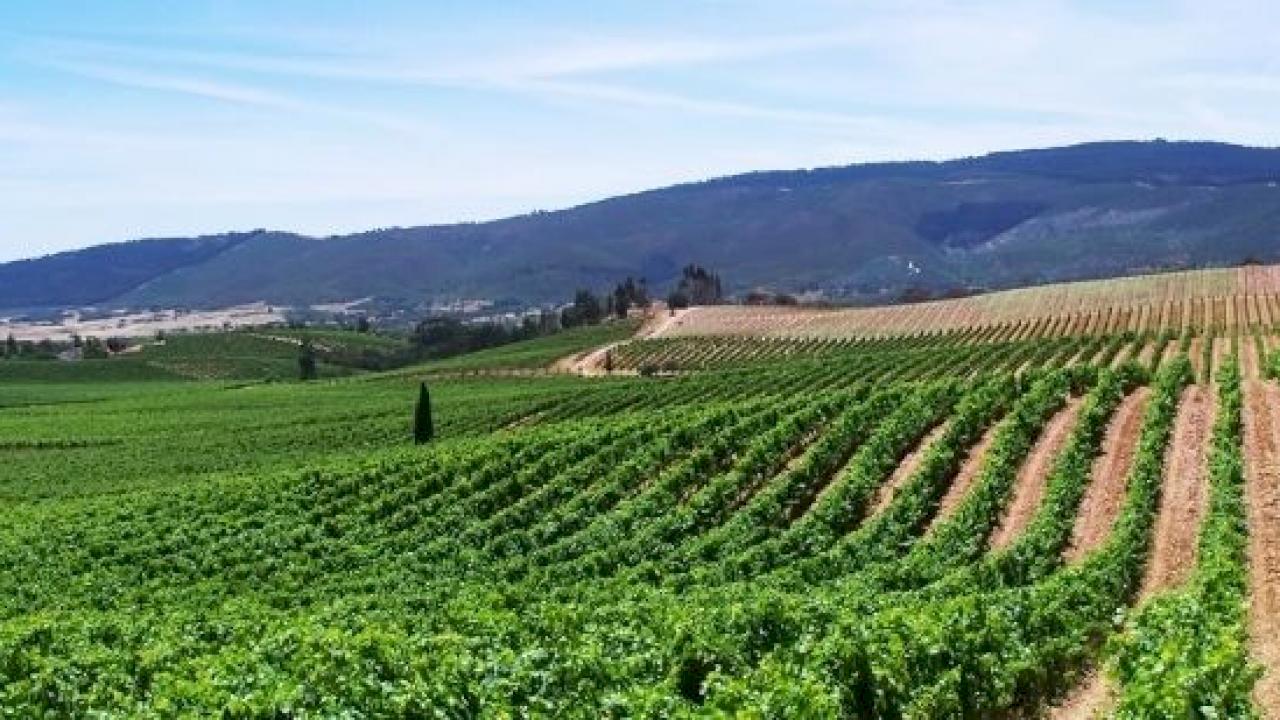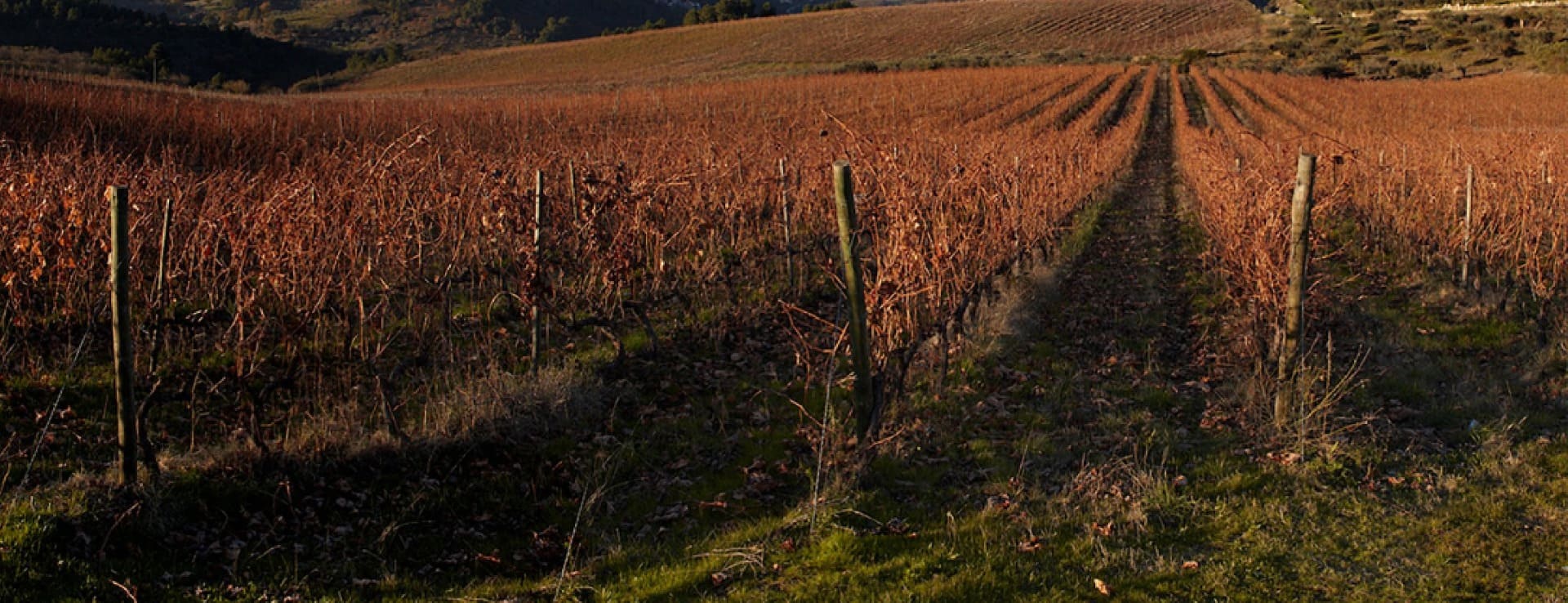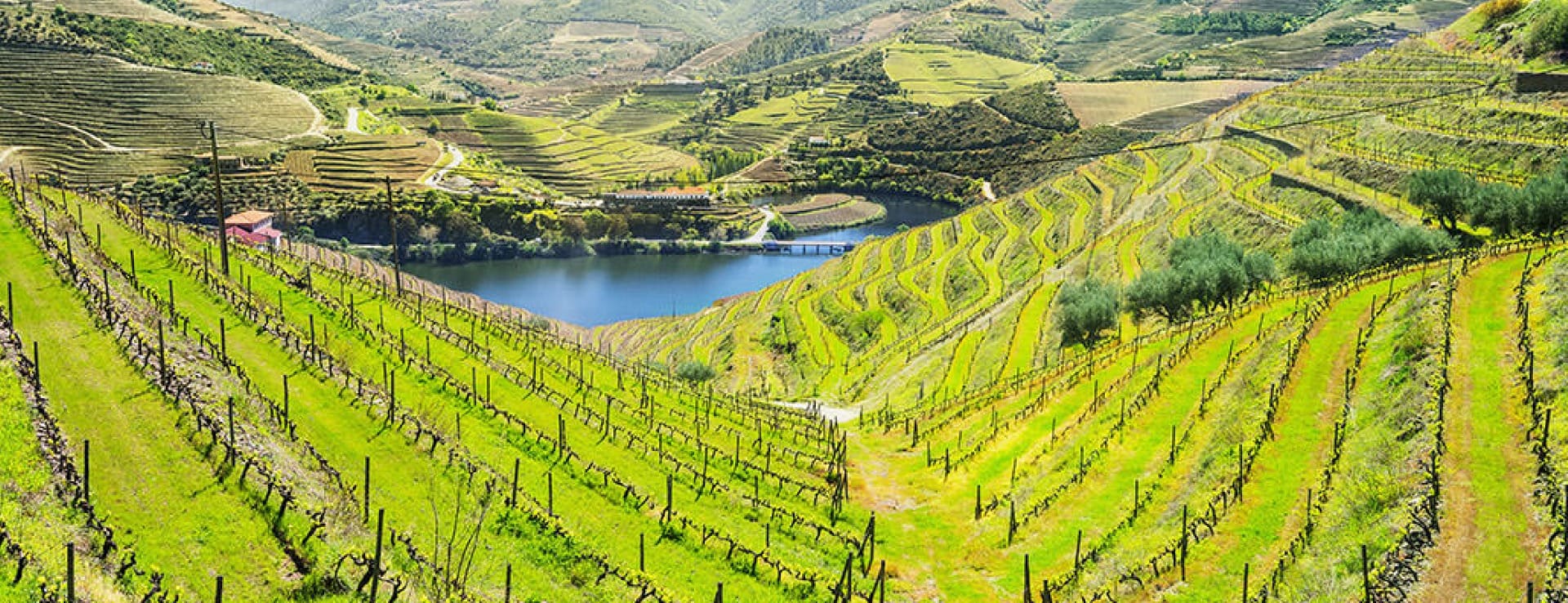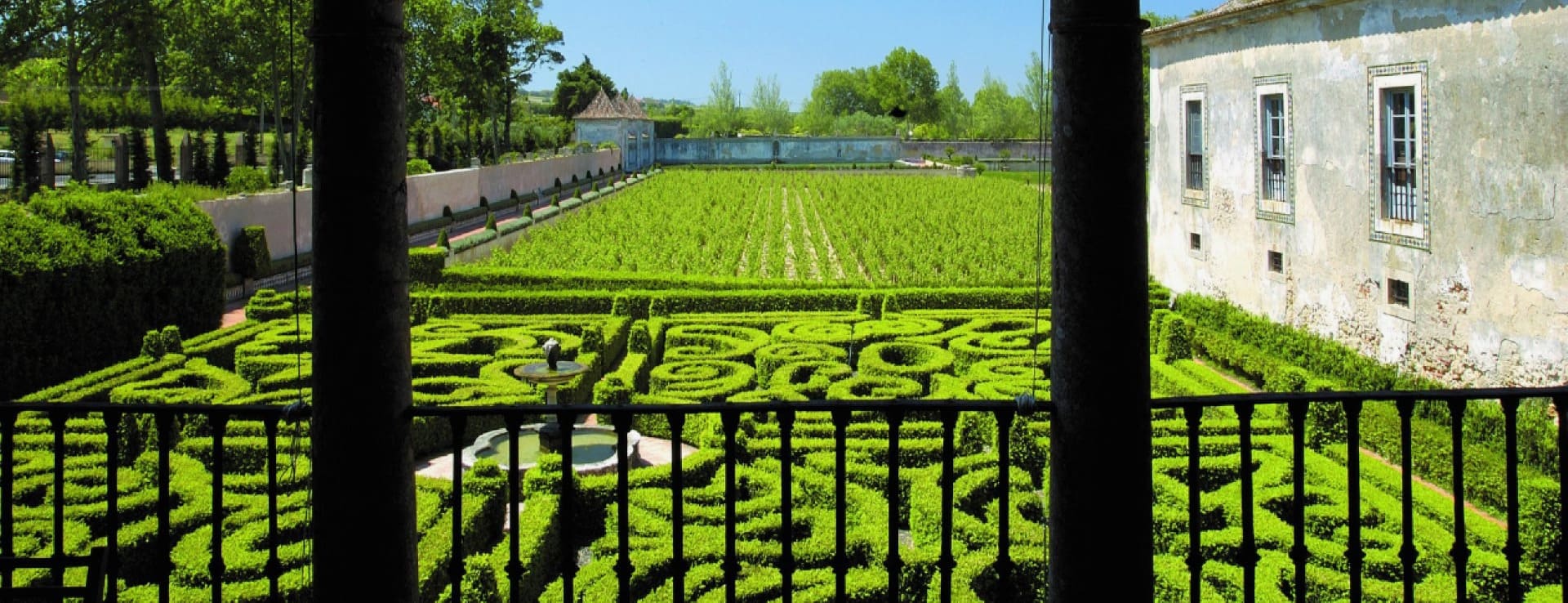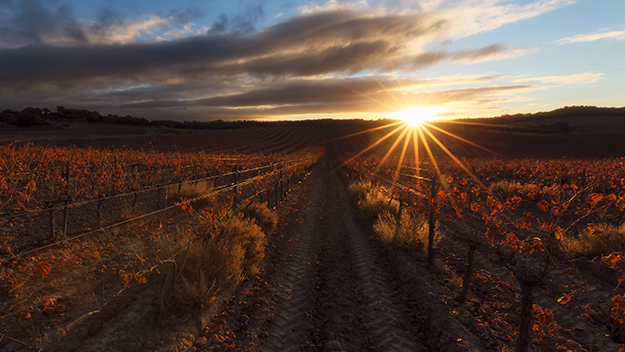Find your winery or vineyard
2 Wineries and Vineyards for sale in Lisboa
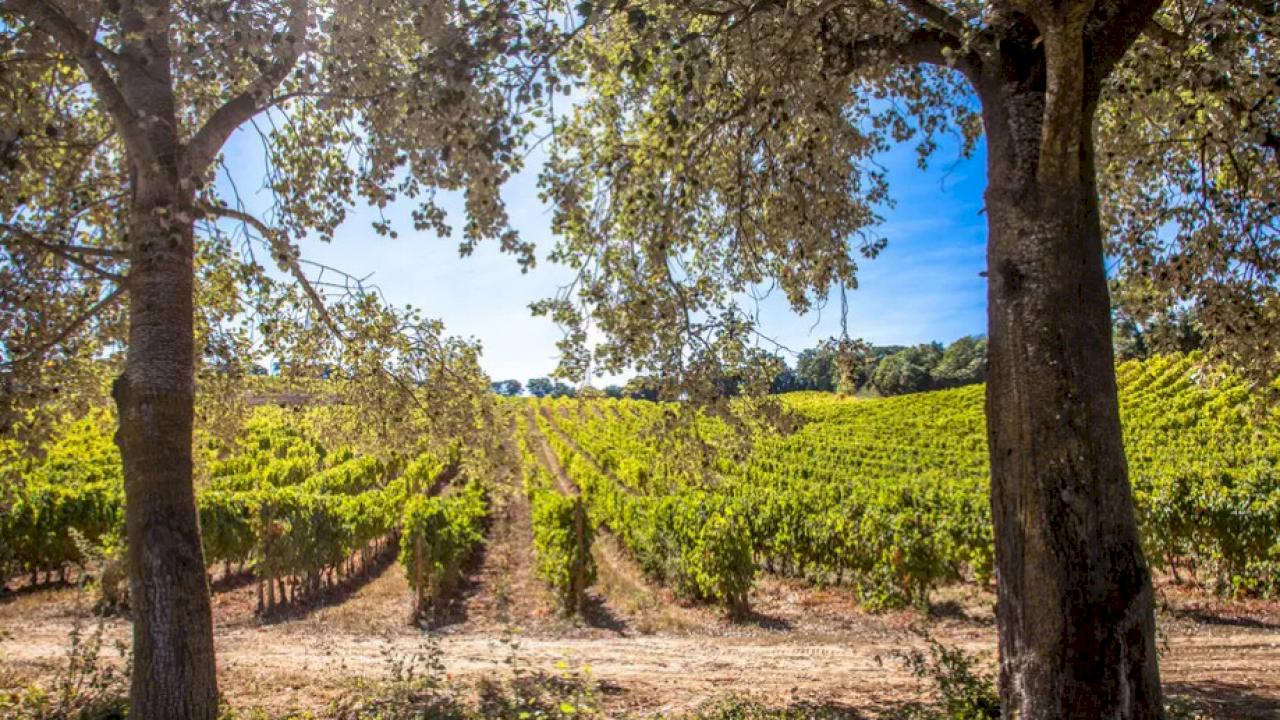
Spectacular farm with large buildings and 32 hectares of vineyard with French and Portuguese varieties.
DOCs Lisboa
Infographic of the Denomination of Origin

Change to imperial units (ft2, ac, °F)Change to international units (m2, h, °C)
Number of wineries (2017):
1.500
Total surface area:
2.000 ha4.942 ac
Maximum production allowed:
75.000 kg/ha66.911 lb/ac
Altitude of the vineyards:
Min: 50m
Max: 700m
Min: 164ft
Max: 2.297ft
Temperature:
Min: 8º
Max: 29º
Min: 46°F
Max: 84°F
Yearly rainfall:
1.100 l/m2102 l/ft2
Lisbon
LOCATION
The Lisbon region is the largest wine region in the country, encompassing all the municipalities of the coastal strip north of Lisbon, from the Tagus river delta to Leiria in the north near the Mondego river, and to the east it borders the Ribatejana region. Later the region was renamed Estremadura, the name of the historical province, but in 2008 it changed its name back to the capital and also encompassed the former DOCs of the area. There are now 9 DOCs in this region, 6 of them in the Lisbon district.
SUBREGIONS
Torres Vedras, when it started its journey and was called just Torres, had to fight against the Penedés giant Miguel Torres and it was decided to add Vedras, which is the name of the city. The vineyard is located from the Serra de Montejunto to the coast. 873 ha belong to the DOC.
Alenquer is protected from the westerly winds by the limestone Serra de Montejunto, very different from the situation of Torres Vedras which is not far away but on the other side of the Serra. It is no surprise that some of Portugal's best producers are to be found around Alenquer. The area is not uniform, with rolling limestone hills to the west and an alluvial plain towards the Tagus river in the east where the wines have a character more akin to the Tejo than those of Lisbon. The traditional varieties of this area are Arinto, Fernao Pires, Jampal and Vital for whites and Castelao, Camarate, Trincadeira and Tinta Miuda for reds. But Alvarinho, Chardonnay, Viognier, Aragonez, Cabernet Sauvignon, Syrah and Touriga Nacional are also allowed. About 600 ha are qualified as DOC.
Arruda is located between Alenquer, Torres Vedras and Bucelas and the town is called Arrudas dos Vinhos because of its wine tradition. Here red wines predominate with the varieties Castelao, Camarate and Tinta Miuda.
There was a time when the wines of Colares, Bucelas and Carcavelos became fashionable in Britain when Wellington's soldiers returned from their heroic battles in Portugal. Even Dickens mentions in an 1836 book that these three wines were responsible for the cheerfulness of the boarding house where the characters stayed.
Bucelas is perhaps the DOC of the Lisbon region that has been most able to preserve its historical heritage. It has always been a white wine area: Arinto.
The region was founded as a designation of origin in 1907 and stretches along the Trancao and Ribeira de Bemposta river valleys between the villages of Bucelas, Fanhoes and Santo Antao do Tojal. A series of limestone hills at an altitude of about 350 m protect the vineyards from the Atlantic fogs that rise from the Tagus estuary. Bucelas wine has been transported to London throughout history, sometimes as a fortified wine, sometimes as a red wine.
Colares was one of the most important wine-growing regions in the country, but today little remains of those years. It is difficult to find vineyards in Colares, the village that gives its name to the wine being among the best land on the cusp of the dunes between Paraia das Maças and Magoito. There are also some vineyards on the slopes of the Serra de Sintra in Almoçageme, near Cabo de Roca and in Encosta de Monserrate. The vineyard plots protected by bamboo parapets or small walls are difficult to find nowadays among the flats and villas built on the coast. The Ramisco variety, still unique to Colares and which managed to survive phylloxera thanks to the sandy soils of the area.
Three types of wine are allowed in Colares, two types of red and one white. The most expensive wines come from the chao de areia where the Ramisco grape must represent at least 80% of the blend. Other varieties such as Castelao, Parreira Matias and Tinta Miuda can contribute to the wine. The second type of red wine comes from the chao rijo of the limestone soils far from the coast, they are more robust wines of varieties other than Ramisco. The white wines are from the Malvasia de Colares grape, Adega Regional and Casal Santa Maria make very fresh and citric Malvasia wines.
Carcavelos, there was a time when the vineyard penetrated the territory of the city of Lisbon. Towns such as Camarate, Olivais, Sacavém, Frielas and Apelaçao were important wine centres in the 18th and 19th centuries, and were the progenitors of a fortified wine named after their capital city
Lisbon which briefly rivalled Porto. Most of this land has been absorbed by Lisbon's Humberto Delgado airport. The region is situated very close to the estuary of the Tagus and the sea and has a very pleasant climate. This region was designated by law in 1908 and includes the territories of S. Domingos de Rana, Carcavelos, part of Oeiras and Estoril.
POINTS OF INTEREST
The Portuguese capital is a cosmopolitan city whilst preserving its traditional character and its location between hills and the Tagus estuary convert it in one of the most exciting cities in Europe.
Cultural attractions in Lisbon are the St. George's Castle which is a great fortification on one of the hills overlooking the city. Its origins are Moorish but later became a Royal Palace after being reconquered by King Alfonso I for the Christians.
There is also another viewpoint facing inland towards the Tagus estuary: the Miradouro de Santa Luzia overlooks the popular Alfama district situated next to Igreja de Santa Luzia, a small church dating back to the 18th century.
The Lisbon Cathedral is the oldest church in the city, having been built in 1147.
The Praça do Comércio was home to the former Royal Palace until the earthquake of the 18th century. The Rossio (Praça de D Pedro IV) is the neuralgic axis of the city and has a natural extension with the Praça dos Restauradores and the Avenida da Liberdade.
The Museu Nacional do Azulejo (National Tile Museum) is located in the building of the former Madre de Deus Convent, dating from 1509, a great artistic jewel of tilework that shows what the city was like at the beginning of the 18th century, before the earthquake that destroyed the Baixa district and the former Royal Palace.
Some of the most emblematic monuments are found in the Belem district: the Manueline-style Jerónimos Monastery, but also the Belem Tower and the Padrão dos Descobrimentos (Monument of the Discoveries).
The surroundings of Lisbon, hide coastal enclaves such as Cascais and Estoril, or the leafy Serra de Sintra. The Palacio da Pena, with its majestic setting, the Quinta da Regaleira, the Monserrate Palace or Cabo da Roca.
D.O./Valle (wine regions)
Discover more wineries and vineyards for sale in these wine regions in Portugal
Subscribe to our mailing list to receive news about wineries and vineyards.

